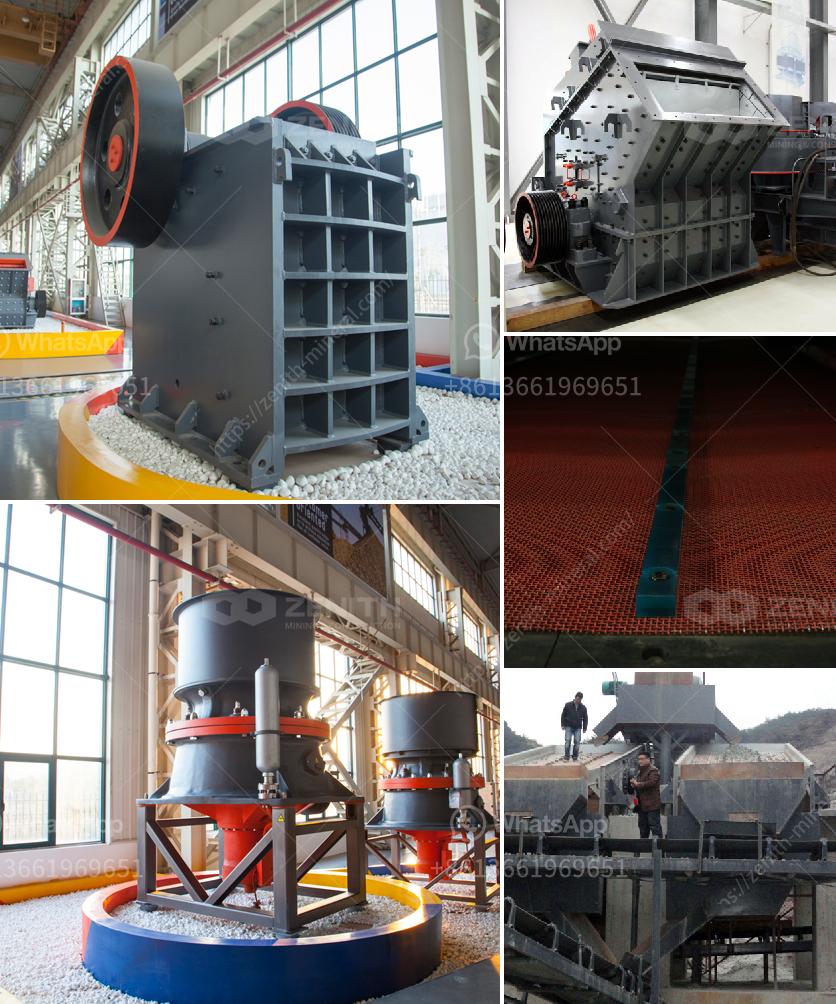Operating a Raymond Mill, which is commonly used for grinding materials into fine powder, involves several key steps and considerations to ensure efficiency and safety. Here’s a basic guide:
-
Preparation:
- Material Selection: Ensure the material is suitable for grinding in a Raymond Mill. Common materials include limestone, barite, and talc.
- Inspection: Check the machine for any damage or wear and ensure all parts are in good working order.
- Materials Handling: Confirm that the material to be ground is appropriately sized for the mill’s grinding capabilities.
-
Setup:
- Adjust Settings: Set appropriate parameters such as feeding rate, RPM (rotations per minute), and desired fineness of the finished product.
- Pre-run Checks: Verify that all safety features are functional, including emergency stop buttons and protective covers.
-
Operation:
- Start-up Sequence: Begin by powering on the mill and feeding system, then start the main motor. Gradually introduce the material to avoid overloading.
- Monitoring: Continuously monitor the grinding process through gauges and visual inspection. Adjust the feed rate or settings if necessary to maintain optimal performance.
- Temperature Control: Ensure the mill does not overheat by managing the airflow and monitoring the temperature.
- Lubrication: Regularly lubricate the moving parts as per the manufacturer's guidelines to prevent friction and wear.
-
Shutdown:
- Gradual Reduction: Slowly reduce the feed rate and continue running the mill until the material is cleared out.
- Power Off: Shut down the main motor and all feeder systems in the reverse order of the startup sequence.
- Cleaning: Clean the mill to prevent residual material from affecting the next batch.
-
Maintenance:
- Routine Inspections: Regularly inspect all parts, including the grinding rollers, rings, and blades, for wear and tear.
- Component Replacement: Replace worn components promptly to ensure the efficiency and longevity of the mill.
- Keep Records: Maintain detailed logs of operation hours, maintenance performed, and any issues encountered.
-
Safety Considerations:
- PPE: Always wear appropriate personal protective equipment (PPE) including safety goggles, gloves, and hearing protection.
- Training: Ensure that operators are well-trained in the use and maintenance of the mill.
- Emergency Procedures: Have clear procedures in place for emergencies, including equipment malfunction or personal injuries.
By diligently following these steps, you can operate a Raymond Mill efficiently and safely. Always refer to the specific manual provided by the manufacturer for detailed instructions tailored to your particular model.


